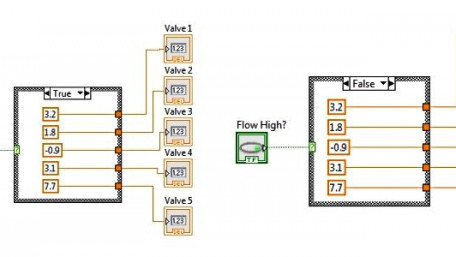
Choosing between a select? structure and a case structure to form your decision-making structure in LabVIEW? In this article, we’ll review how each of these…
Choosing between a select? structure and a case structure to form your decision-making structure in LabVIEW? In this article, we’ll review how each of these structures suits different applications.
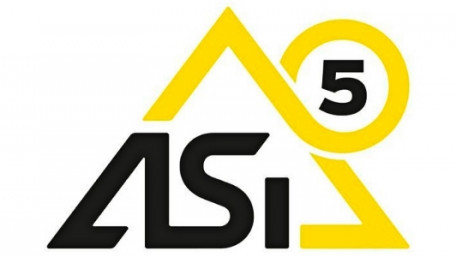
ASi is a pioneering standard in automation technology that helps simplify and lower field device integration costs.
ASi is a pioneering standard in automation technology that helps simplify and lower field device integration costs.
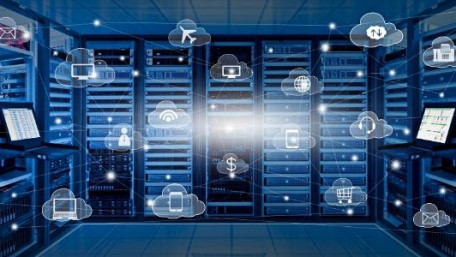
IoT infrastructure consists of many factory parts, one being cloud computing. Rather than ask how they’re different,…
IoT infrastructure consists of many factory parts, one being cloud computing. Rather than ask how they’re different, let’s look into how they work together to form industry 4.0.
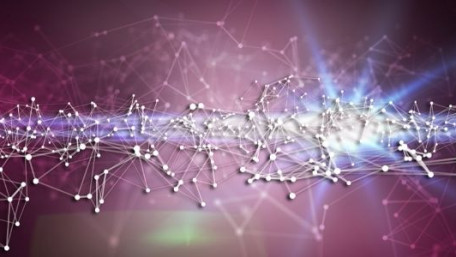
In programming languages, loops control processes and instrumentation. Learn how to set up while loops, for loops, and…
In programming languages, loops control processes and instrumentation. Learn how to set up while loops, for loops, and other types of loops in LabVIEW.
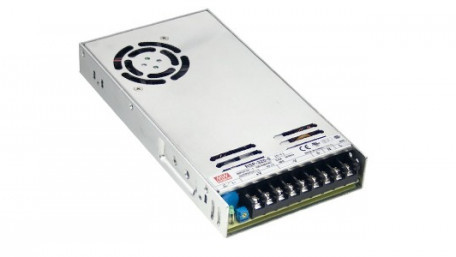
What are DIN Rail power solutions, and where do you need them in your facility?
What are DIN Rail power solutions, and where do you need them in your facility?
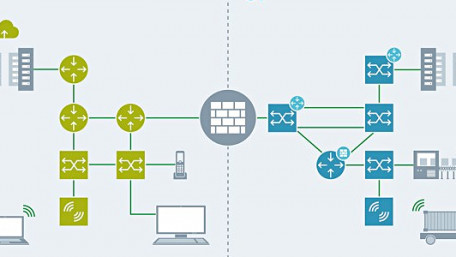
Centralized and decentralized computing have different cybersecurity needs. Let’s review the differences and some best…
Centralized and decentralized computing have different cybersecurity needs. Let’s review the differences and some best practices.
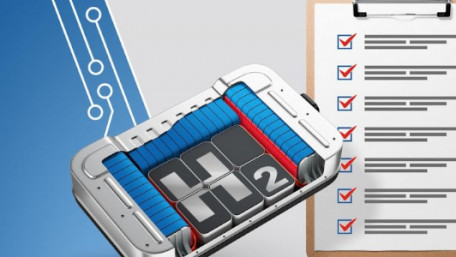
Fuel cell simulation, modeling, and testing are vital to the expansion of fuel cell usage. But how can engineers…
Fuel cell simulation, modeling, and testing are vital to the expansion of fuel cell usage. But how can engineers specifically use LabVIEW for fuel cell hardware-in-the-loop (HIL) system simulation and testing?
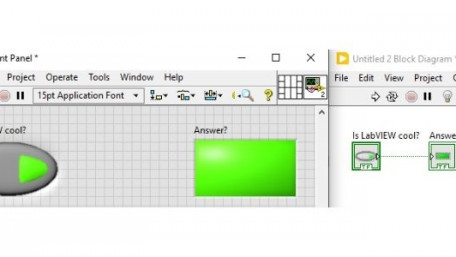
Graphical programming language LabVIEW uses front panels, block diagrams, a controls palette, and a functions palette to…
Graphical programming language LabVIEW uses front panels, block diagrams, a controls palette, and a functions palette to design control systems. Let’s take a deep dive into each of these and their functionalities.
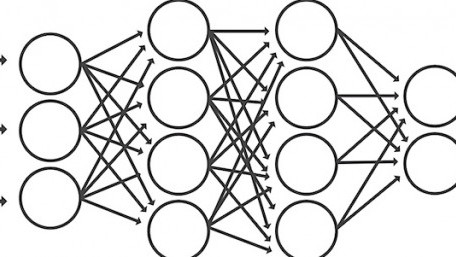
What are neural networks, how do you establish basic parameters, and what tools can help?
What are neural networks, how do you establish basic parameters, and what tools can help?
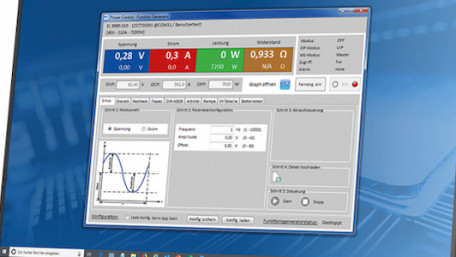
New control technology requires new interfaces. How can you implement fuel cell hardware-in-the-loop (HIL) simulations…
New control technology requires new interfaces. How can you implement fuel cell hardware-in-the-loop (HIL) simulations using an HMI?
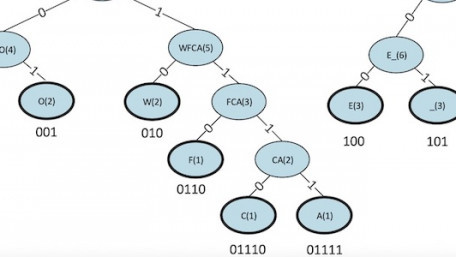
Learn the steps of Huffman coding, a simple and effective lossless data compression algorithm.
Learn the steps of Huffman coding, a simple and effective lossless data compression algorithm.
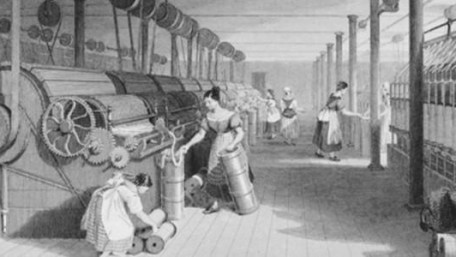
Each industrial revolution has had an impact on factories. Are we going through a fourth revolution?
Each industrial revolution has had an impact on factories. Are we going through a fourth revolution?

Algorithms can involve complicated programming. However, they didn’t start out that way. This article dives into basic…
Algorithms can involve complicated programming. However, they didn’t start out that way. This article dives into basic algorithms like sorting and image generation.
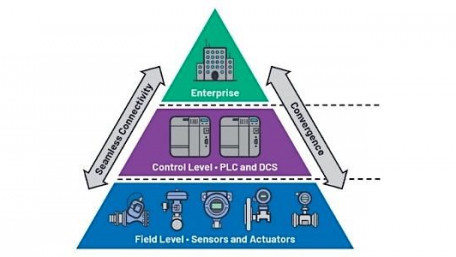
What makes a factory network? There are three levels: device, control, and enterprise. What does each level consist of,…
What makes a factory network? There are three levels: device, control, and enterprise. What does each level consist of, and how is it used in a factory network?
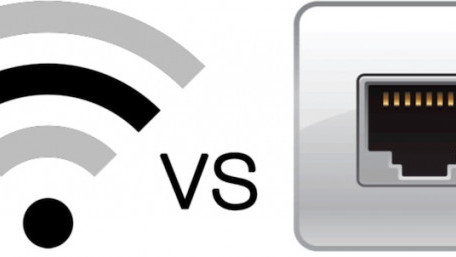
Are wired networks really more secure than wireless? Let’s dive into some differences between these two industrial…
Are wired networks really more secure than wireless? Let’s dive into some differences between these two industrial network types.
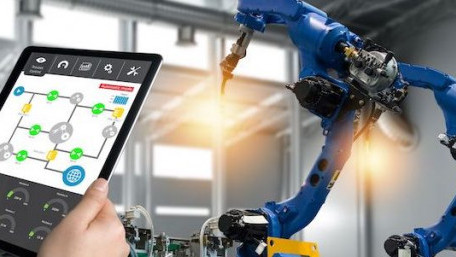
IIoT infrastructure is more susceptible to cyber-attacks than legacy infrastructure due to its cloud-based nature; this…
IIoT infrastructure is more susceptible to cyber-attacks than legacy infrastructure due to its cloud-based nature; this article covers attack vectors and best mitigating practices.
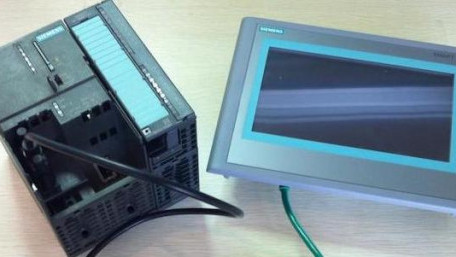
In this article, we cover some of the most common HMI failures and troubleshooting methods.
In this article, we cover some of the most common HMI failures and troubleshooting methods.
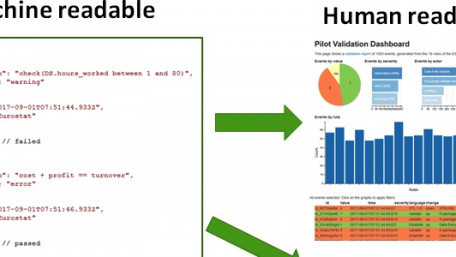
Industrial manufacturers use two main data types—machine-readable and human-readable—to analyze for maintenance,…
Industrial manufacturers use two main data types—machine-readable and human-readable—to analyze for maintenance, monitoring, or other applications.
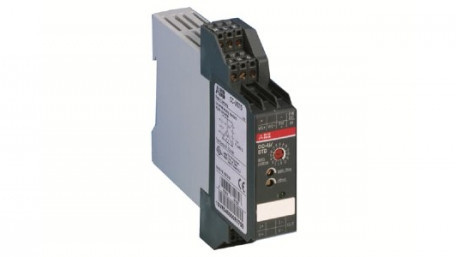
What is signal conditioning and how do you use a signal conditioner in your industrial application?
What is signal conditioning and how do you use a signal conditioner in your industrial application?
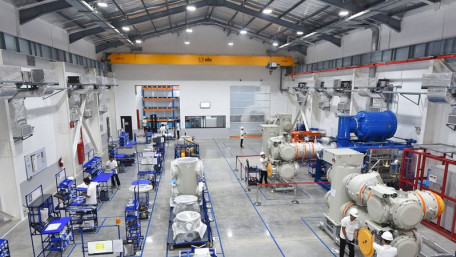
Learn about how the ground compares and contrasts with the neutral wire and why this wiring is important for safety in…
Learn about how the ground compares and contrasts with the neutral wire and why this wiring is important for safety in control cabinets and other wiring needs in an industrial facility.
